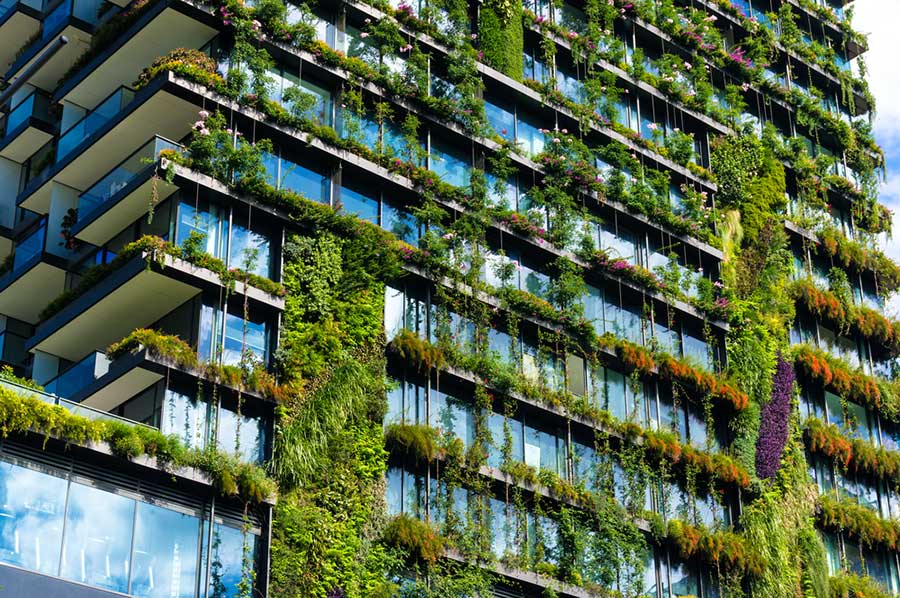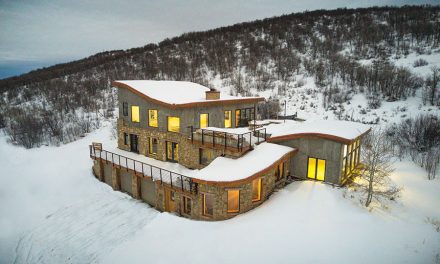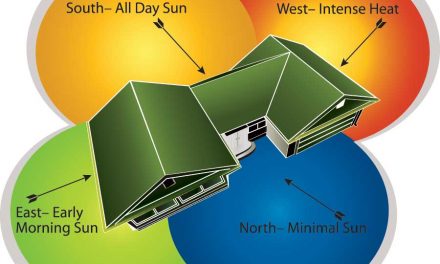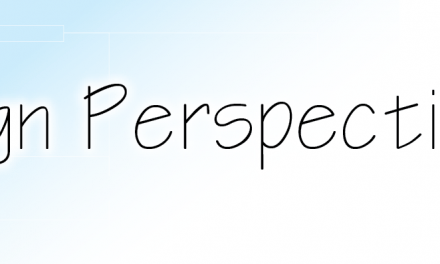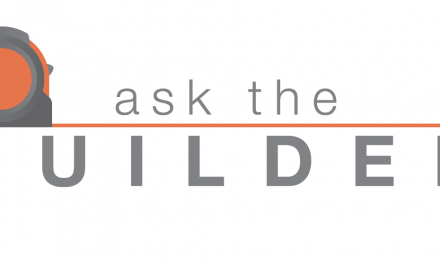Is it hard to build green? Is it a lot more expensive? Do I have to live in a straw-bale cottage or some other strange building to say I’m a green homeowner? No, no, and most decidedly no, according to the National Association of Home Builders.
NAHB’s Model Green Home Building Guidelines are designed to help bring residential green building into the mainstream. The guidelines also demystify the process and debunk the myths of green building for consumers and for homebuilders.
Using the guidelines, twelve state and local associations have launched voluntary green building programs, with another dozen on the way.
“The guidelines include an easy-to-follow checklist to make sure the builder is incorporating all aspects of green building into each project. That makes it easier to build green, and that’s the beauty of the voluntary guidelines,” said NAHB President David Pressly, a home builder in Statesville, N.C.
Is it more expensive to build green? Experienced builders say it doesn’t have to be. Guidelines-based programs award points for resource efficiency, and if you’re using fewer materials, you’re saving money, they point out. And some green building ideas – like positioning a home’s windows to best take advantage of natural light – don’t cost any more than conventional building – and save money for the homeowner.
Nor does green building consist of neighborhoods filled with yurts, underground bunkers or geodesic domes, Pressly noted. “When a house is green but looks like other houses in the neighborhood, and can be replicated by large-scale building companies, then we know green is mainstream. We’re seeing that happen right now,” he said.

